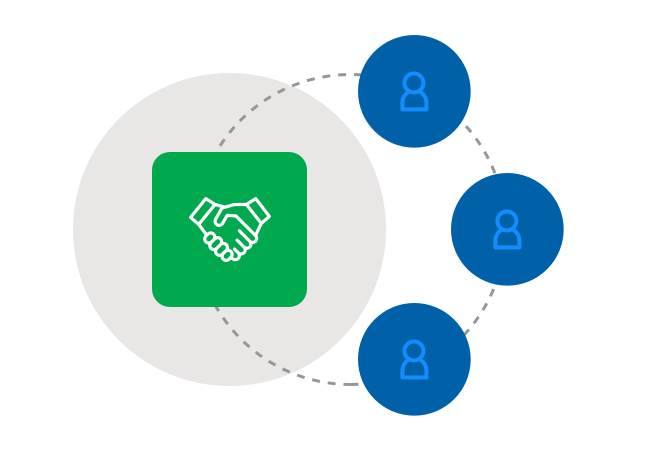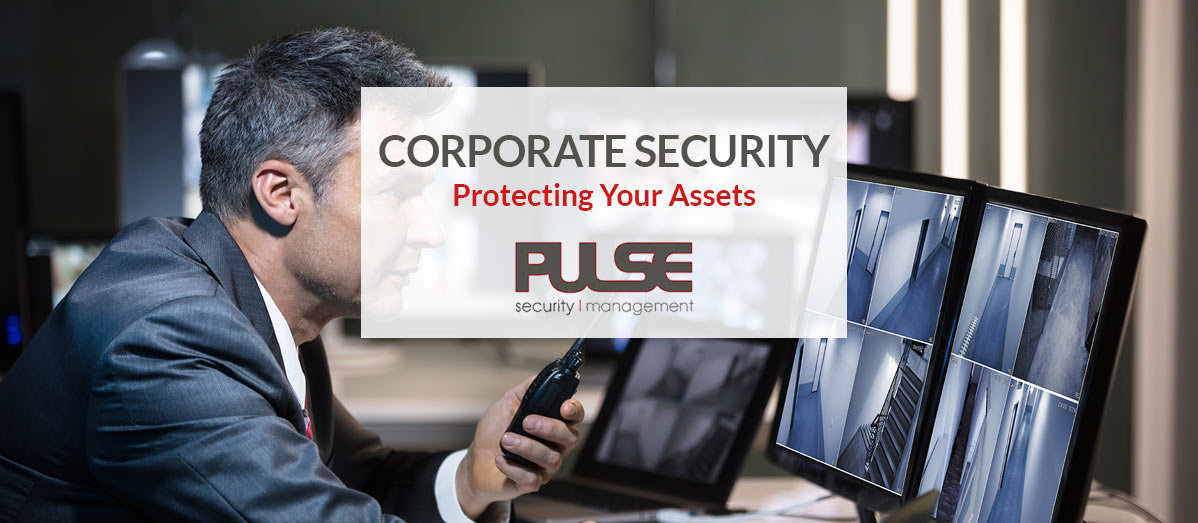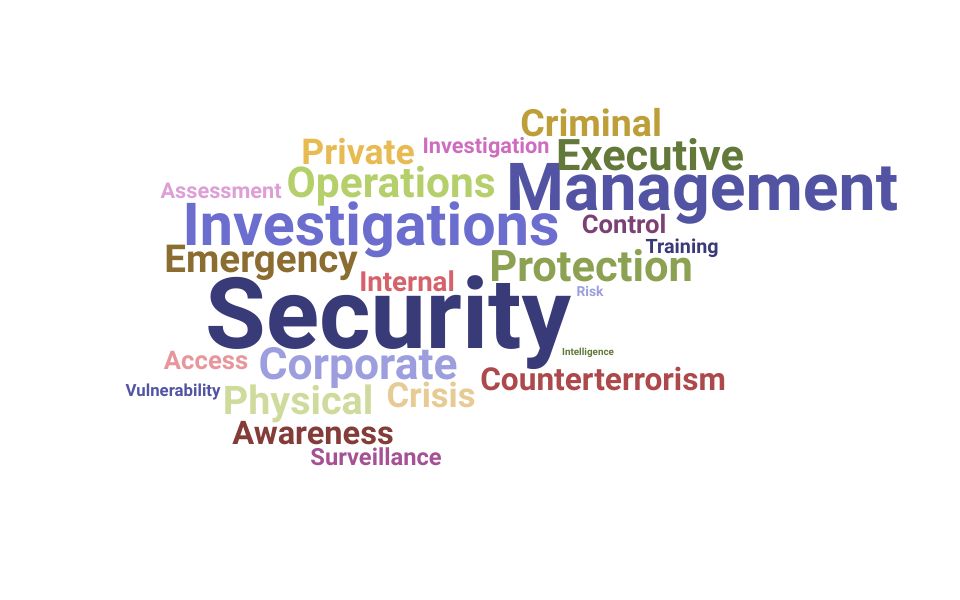Improve Corporate Security: Methods for a Robust Protection
Improve Corporate Security: Methods for a Robust Protection
Blog Article
From Cybersecurity to Physical Actions: Reinforcing Business Safety in an Altering World
By integrating the staminas of both cybersecurity and physical security, companies can develop an extensive defense approach that resolves the diverse range of threats they encounter. In this conversation, we will certainly explore the altering threat landscape, the need to integrate cybersecurity and physical safety, the implementation of multi-factor authentication procedures, the significance of employee recognition and training, and the adjustment of safety and security procedures for remote workforces. By examining these vital locations, we will obtain valuable understandings right into just how companies can strengthen their corporate safety in an ever-changing globe.
Comprehending the Transforming Danger Landscape
The evolving nature of the modern-day globe requires an extensive understanding of the transforming threat landscape for efficient business safety and security. It is crucial for organizations to remain notified and adapt their safety and security gauges to address these developing threats.
One secret facet of recognizing the changing danger landscape is acknowledging the various sorts of dangers that organizations deal with. Cybercriminals are frequently creating brand-new techniques to make use of susceptabilities in computer system systems and networks. These risks can vary from malware and ransomware strikes to phishing rip-offs and social design methods. In addition, physical risks such as theft, vandalism, and corporate espionage remain prevalent worries for services.
Tracking and assessing the risk landscape is necessary in order to determine prospective dangers and susceptabilities. This includes staying upgraded on the newest cybersecurity patterns, evaluating risk knowledge records, and conducting regular threat evaluations. By understanding the changing threat landscape, companies can proactively execute appropriate safety and security measures to minimize dangers and protect their assets, credibility, and stakeholders.
Integrating Cybersecurity and Physical Security
Incorporating cybersecurity and physical safety and security is vital for thorough business protection in today's interconnected and electronic landscape. As organizations significantly count on technology and interconnected systems, the limits between physical and cyber hazards are ending up being obscured. To efficiently protect versus these risks, an all natural method that integrates both cybersecurity and physical safety measures is necessary.
Cybersecurity concentrates on shielding digital properties, such as systems, information, and networks, from unauthorized accessibility, disruption, and theft. Physical safety and security, on the other hand, includes actions to secure physical possessions, people, and centers from susceptabilities and hazards. By integrating these 2 domain names, companies can resolve vulnerabilities and hazards from both physical and digital angles, thus improving their overall protection posture.
The integration of these 2 disciplines permits a much more thorough understanding of safety risks and enables a unified reaction to occurrences. For instance, physical access controls can be enhanced by integrating them with cybersecurity protocols, such as two-factor verification or biometric identification. Similarly, cybersecurity measures can be complemented by physical safety and security procedures, such as monitoring electronic cameras, alarm systems, and safe and secure access points.

Applying Multi-Factor Authentication Measures
As organizations increasingly prioritize thorough security procedures, one reliable method is the execution of multi-factor verification measures. Multi-factor authentication (MFA) is a protection technique that requires customers to offer numerous forms of identification to access a system or application. This method adds an additional layer of defense by combining something the individual recognizes, such as a password, with something they have, like a fingerprint or a safety and security token.
By applying MFA, organizations can dramatically boost their safety and security posture - corporate security. Conventional password-based verification has its constraints, as passwords can be conveniently jeopardized or neglected. MFA minimizes these threats by including an added authentication variable, making it harder for unapproved individuals to get to delicate information
There are numerous kinds of multi-factor authentication methods offered, including biometric verification, SMS-based confirmation codes, and equipment tokens. Organizations require to assess their specific needs and pick one of the most appropriate MFA remedy for their demands.
Nevertheless, the application of MFA should be carefully planned and executed. It is important to strike a balance in between protection and use to avoid user aggravation and resistance. Organizations ought to additionally take into consideration possible compatibility issues and provide ample training and support to guarantee a smooth shift.
Enhancing Worker Awareness and Training
To reinforce business security, organizations should prioritize boosting employee awareness and training. In today's swiftly advancing risk landscape, staff members play a critical duty in protecting an organization's delicate details and possessions. Lots of safety and security breaches happen due to human mistake or important link lack of understanding. As a result, organizations require to purchase detailed training programs to enlighten their workers concerning possible threats and the ideal methods for reducing them.
Effective staff member awareness and training programs must cover a wide variety of topics, consisting of data protection, phishing attacks, social engineering, password hygiene, and physical security procedures. These programs need to be customized to the details requirements and responsibilities of different employee roles within the company. Regular training workshops, simulations, and sessions can aid staff members create the essential skills and knowledge to react and identify to safety dangers properly.
Furthermore, companies ought to urge a society of safety and security recognition and offer ongoing updates and reminders to maintain staff members educated regarding the current threats and reduction techniques. This can be done via internal interaction channels, such as newsletters, intranet websites, and e-mail projects. By cultivating a security-conscious labor force, companies can dramatically decrease the possibility of protection cases and safeguard their valuable assets from unapproved access or concession.

Adapting Protection Measures for Remote Labor Force
Adapting business security measures to suit a remote workforce is crucial in ensuring the defense of sensitive information and possessions (corporate security). With the increasing trend of remote work, organizations need to execute ideal safety actions to mitigate the risks connected with this new method of working
One important aspect of adapting protection actions for remote work is establishing secure communication channels. Encrypted messaging platforms and digital personal networks (VPNs) can aid protect sensitive information and avoid unapproved gain access to. In addition, organizations must apply the usage of strong passwords and multi-factor authentication to enhance the safety of remote gain access to.
One more crucial factor to consider is the execution of protected remote access remedies. This entails supplying staff members with secure accessibility to corporate resources and information via online desktop infrastructure (VDI), remote desktop computer procedures (RDP), or cloud-based options. These modern technologies make sure that sensitive info continues to be protected while find more allowing employees to execute their functions successfully.

Finally, comprehensive protection understanding training is essential for remote employees. Educating sessions must cover ideal methods for securely accessing and taking care of sensitive details, recognizing and reporting phishing attempts, and keeping the overall cybersecurity hygiene.
Conclusion
To conclude, as the hazard landscape remains to useful link progress, it is vital for companies to strengthen their security determines both in the cyber and physical domain names. Incorporating cybersecurity and physical protection, applying multi-factor verification actions, and improving worker understanding and training are vital steps towards achieving robust company security. Additionally, adapting security measures to suit remote labor forces is important in today's altering world. By executing these steps, organizations can minimize dangers and safeguard their useful assets from possible dangers.
In this discussion, we will check out the transforming hazard landscape, the requirement to incorporate cybersecurity and physical safety, the implementation of multi-factor verification procedures, the importance of worker awareness and training, and the adjustment of safety measures for remote workforces. Cybersecurity actions can be matched by physical security measures, such as security video cameras, alarm systems, and secure gain access to factors.
As companies increasingly prioritize detailed security steps, one efficient technique is the implementation of multi-factor authentication procedures.In conclusion, as the hazard landscape continues to develop, it is crucial for organizations to reinforce their safety gauges both in the cyber and physical domains. Integrating cybersecurity and physical safety and security, carrying out multi-factor authentication measures, and enhancing worker understanding and training are crucial steps towards accomplishing durable company protection.
Report this page